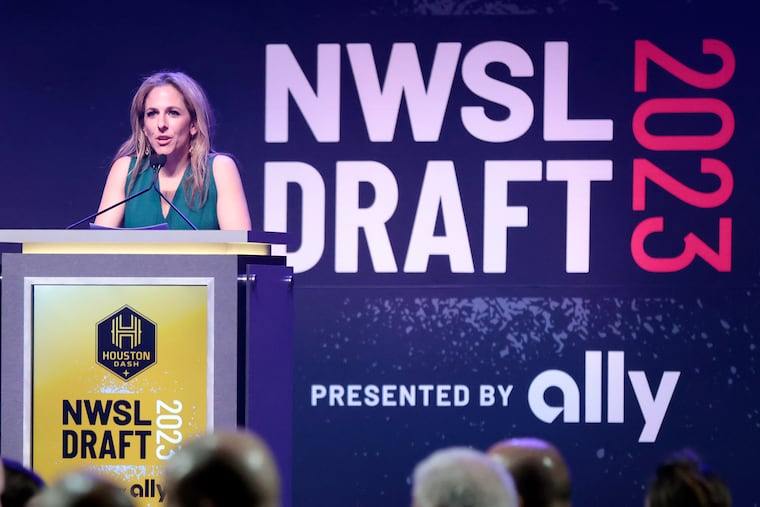The NWSL will add two more teams in 2026, commissioner Jessica Berman says
Berman told the Washington Post that the league's next round of expansion talks will start later this year. She gave no hints as to which cities the league wants.

Berman told the Washington Post that the league's next round of expansion talks will start later this year. She gave no hints as to which cities the league wants.
